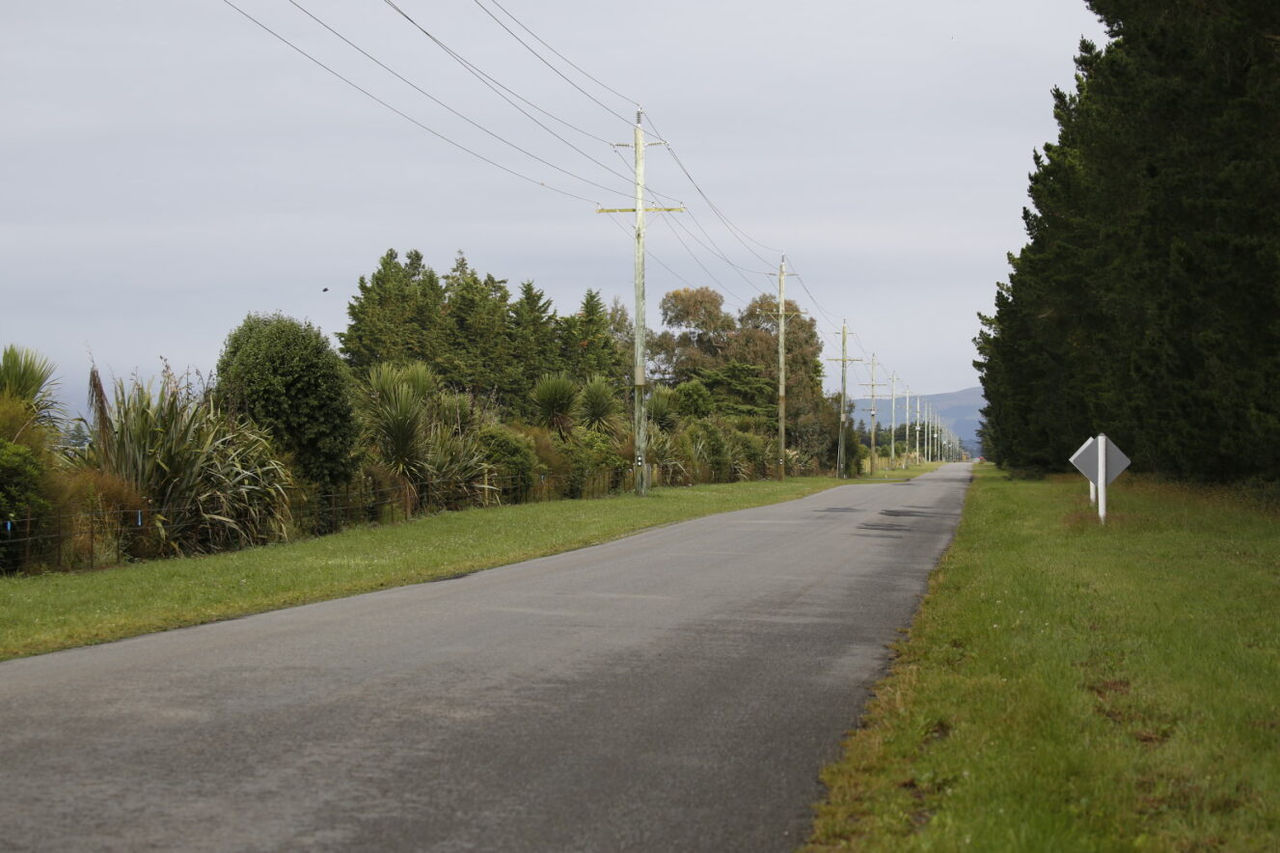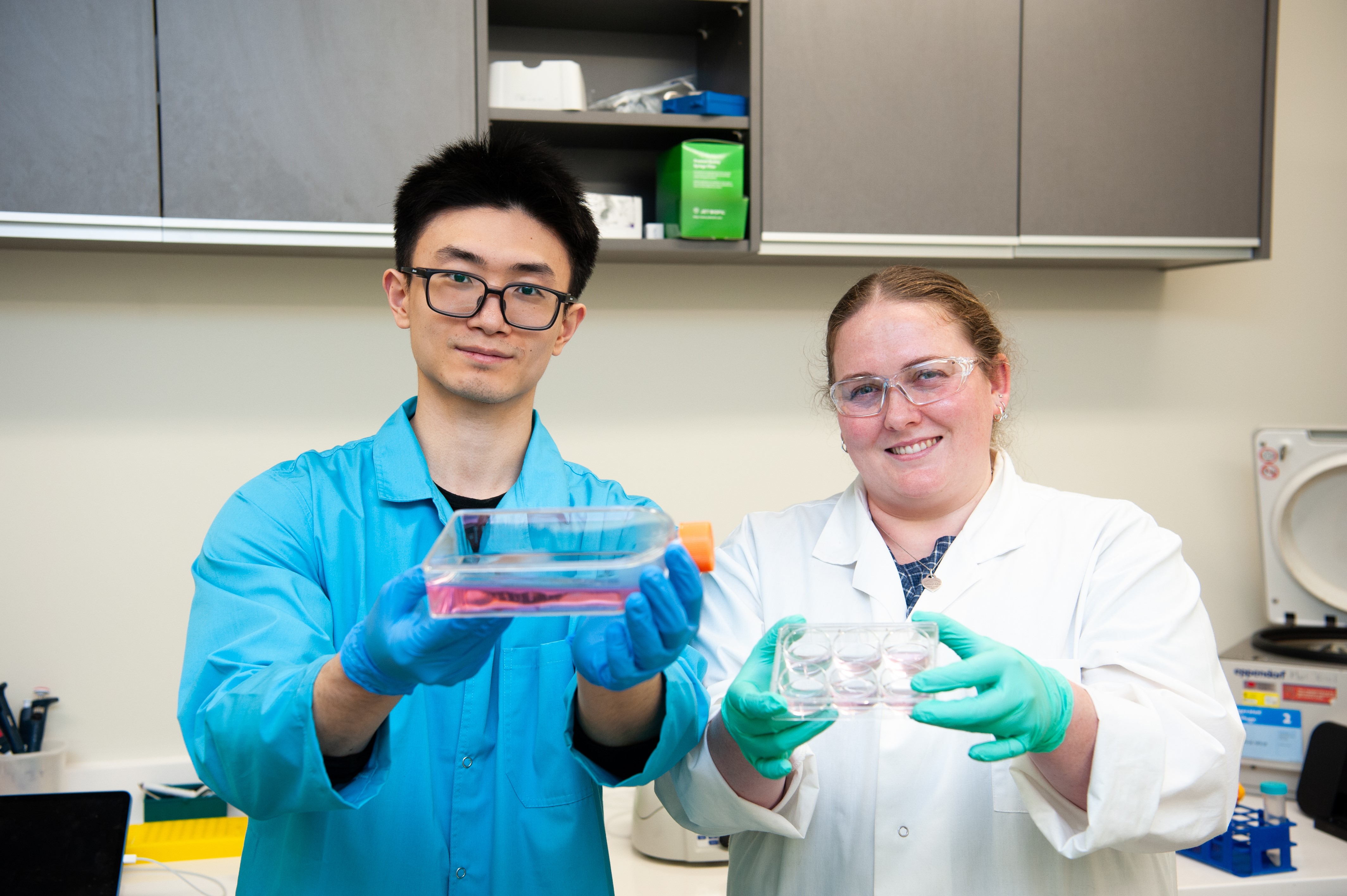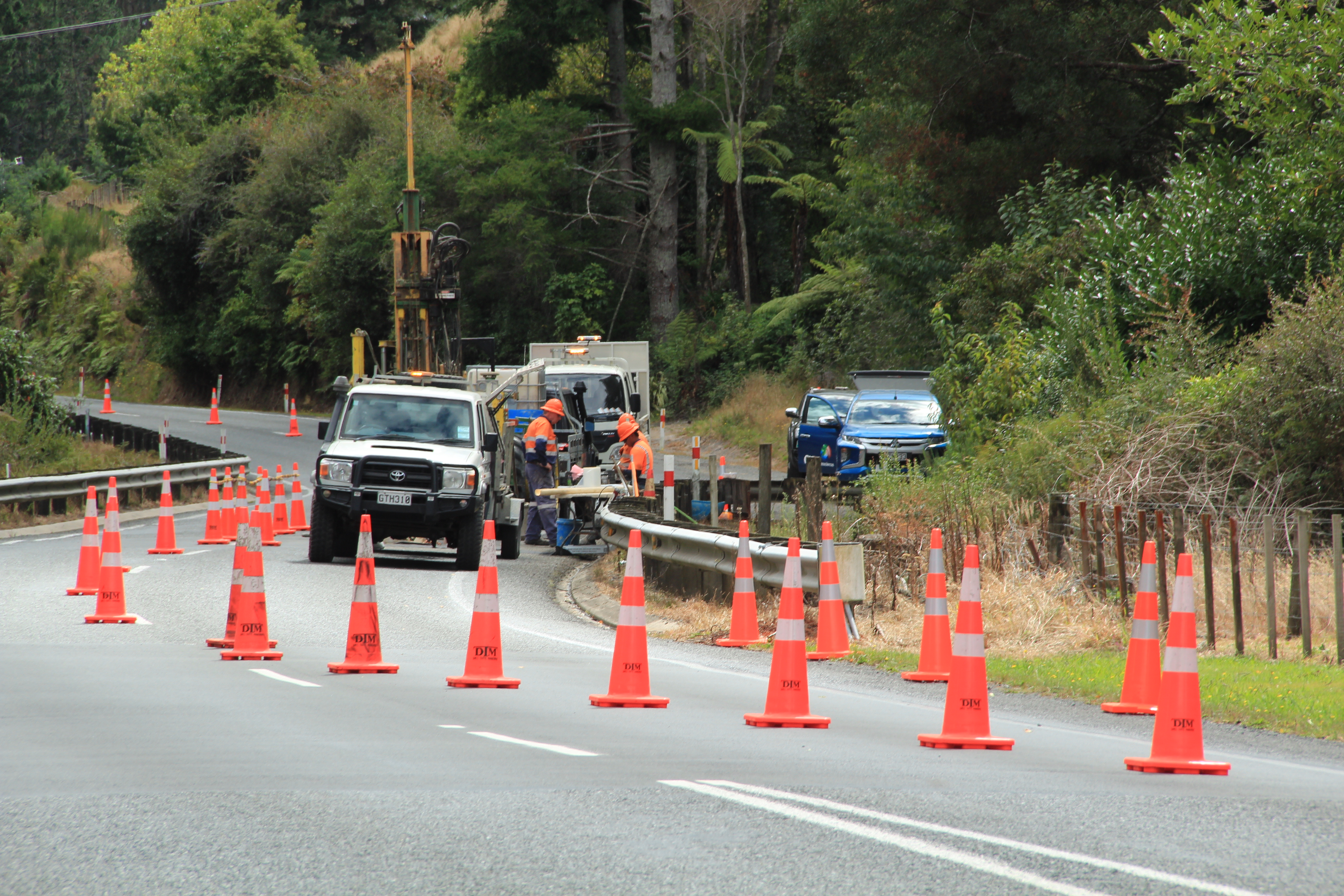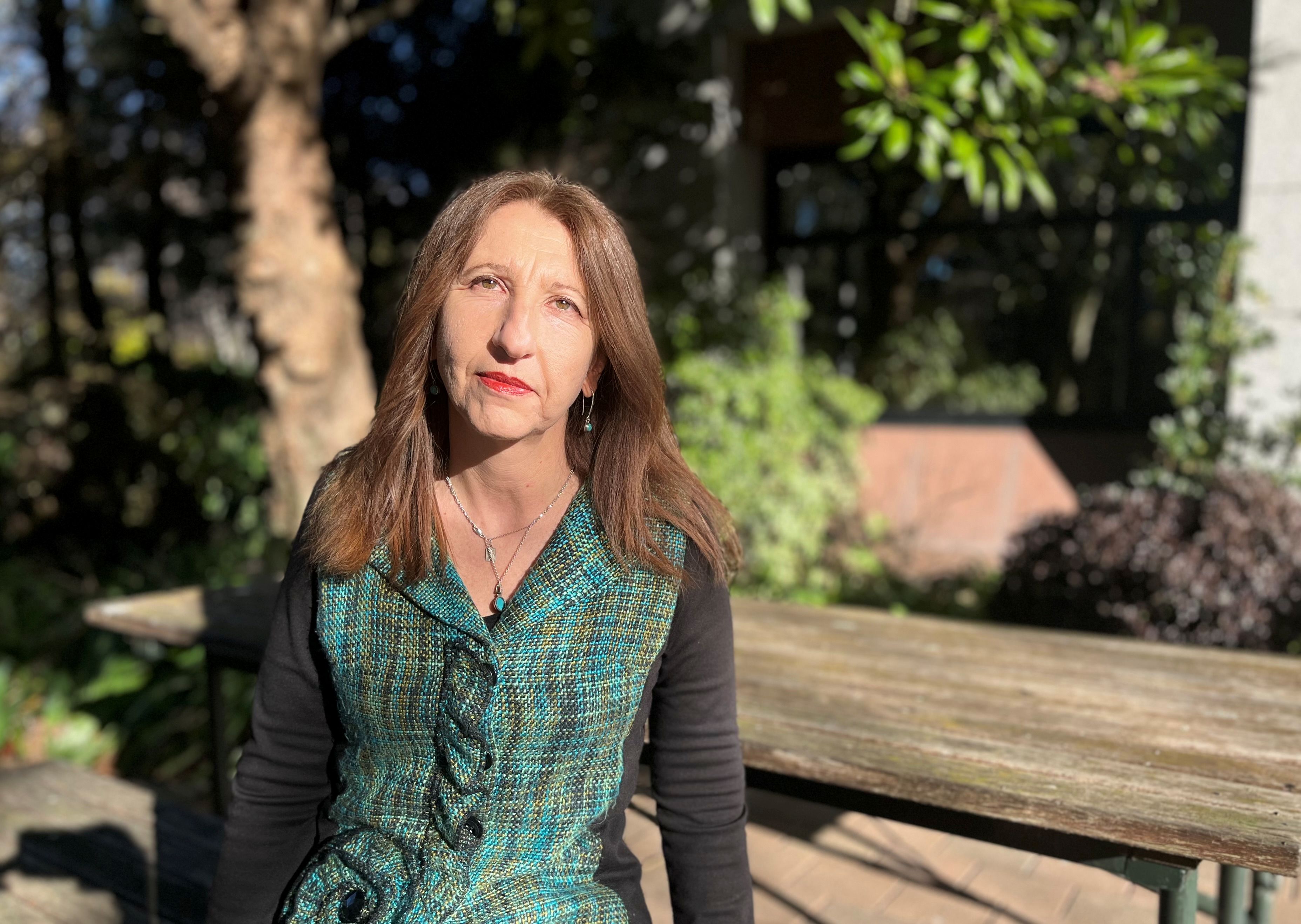Photo caption: Dr Sara Kross, a University of Canterbury Senior Lecturer in the School of Biological Sciences, is leading research into how native hedgerows and shelterbelts on farms could help boost biodiversity.
While stands of weather-worn macrocarpa and pine are still a common sight in rural Canterbury a growing number of farmers are planting native trees on their land.
Conservation biologist Dr Sara Kross, a Senior Lecturer in the School of Biological Sciences at Te Whare Wānanga o Waitaha | University of Canterbury (UC), is leading a series of projects aimed at better understanding this trend. Her team is investigating how the conservation and rewilding potential of increased native planting can coexist alongside the commercial imperatives of farming.
‘Non-crop’ planting features such as shelterbelts, hedgerows, and bush blocks are of particular interest to the researchers.
“These features provide shelter for crops and livestock, as well as preventing erosion and runoff,” Dr Kross says. “But they’re also important for biodiversity and because those habitats exist at the field margin there’s a lot more interaction with the farmland and the way it’s managed.”
She sees huge potential for farmers to assist the establishment of ‘green corridors’ of native plantings across Canterbury. These pathways of habitats can provide food, water, nesting, breeding, and migration sites for native species including birds, lizards, and invertebrates.
While this could significantly improve biodiversity on the plains, Dr Kross acknowledges this goal can be at odds with the commercial side of farming.
“Most farmers are really passionate stewards of their land and want to leave it in better condition. At the same time, their farms are businesses and that creates a hierarchy of needs.”
She hopes the new research will show that improving biodiversity and meeting economic goals needn’t be mutually exclusive. Encouragingly, similar research from around the world has shown an overall positive impact for farmers who develop native habitats on farm margins.
“There aren’t just ethical or aesthetic reasons to plant natives,” says Dr Kross. “It has the potential to deliver real production and financial benefits in the long run.”
While it’s not currently known how much Canterbury land is planted in non-crop features, an early part of the research will see UC PhD student Mary Buford Turnage use remote sensing technology to map existing plantings.
“We’re hoping to use methods that will allow us to differentiate between the native hedgerows and the exotic shelterbelts,” says Dr Kross. “That will also help us to see where the gaps are and to map connectivity.”
A number of plant nurseries now specialise in advising farmers in the choice of natives to suit their requirements. Dairy farmers might select low-growing natives like flaxes, coprosmas or pohuehue (muehlenbeckia) for hedgerows in the centre of pasture so that pivot irrigators are able to move across them. Fast growing natives can be used for shelterbelts at the edges of fields, to provide weather protection for stock and enable slower growing natives to become established.
Though their research is still at the early stages, Dr Kross’s team has already discovered some farmers who want to bring native birdsong back to the plains.
“We went door knocking in the Methven area in January and found two great locations that one farmer was managing,” says Dr Kross. “He’d put in native hedgerows around 10 years ago, and that level of maturity makes it an excellent field site for us.”
Dr Kross will talk about her urban ecology work at Tūranga’s Foundation Cafe in Christchurch tomorrow Wednesday 22 May at 6pm as part of an International Day for Biological Diversity event, Café Scientifique, alongside several other guest speakers.
A free Biodiversity Walk and Talk will be held at the University of Canterbury tomorrow, on International Day for Biological Diversity, 12pm-1pm. Meet outside the Ernest Rutherford building on the northside lawns. The walk is open to the public as well as staff and students and will be presented by freshwater ecologist and PhD candidate Ciara Espiner.
 A young native hedgerow on the left opposite a more established exotic hedgerow in Canterbury.
A young native hedgerow on the left opposite a more established exotic hedgerow in Canterbury.
 Sustainable Development Goal (SDG) 15 - Life on land.
Sustainable Development Goal (SDG) 15 - Life on land.


.jpg)







